Home>Ideas and Tips>Indoor Begonia Care Guide: Colorful Foliage and Flowers
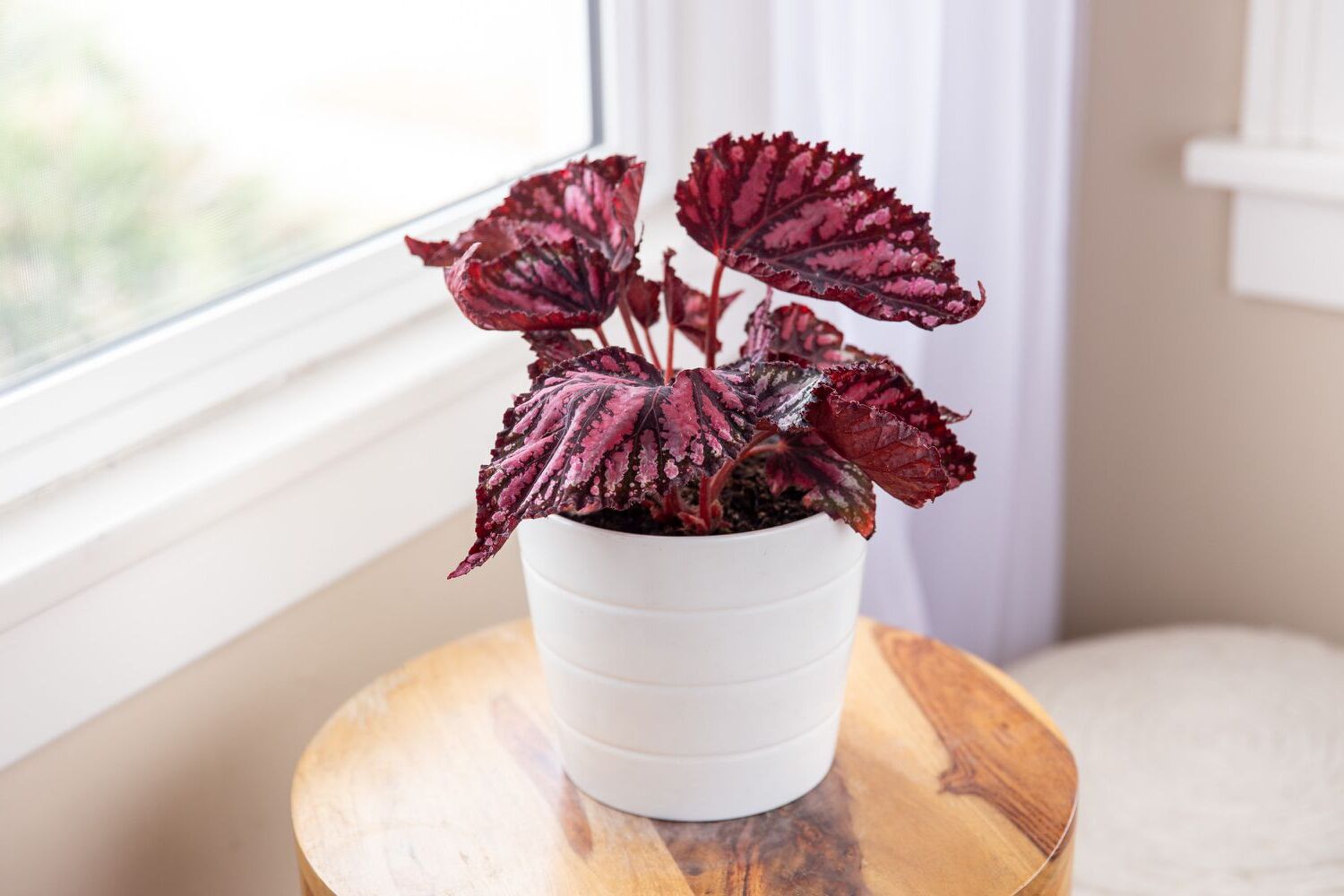

Ideas and Tips
Indoor Begonia Care Guide: Colorful Foliage and Flowers
Published: September 4, 2024
Learn how to care for indoor begonias with our guide. Discover tips for vibrant foliage and flowers, perfect for enhancing your home decor.
(Many of the links in this article redirect to a specific reviewed product. Your purchase of these products through affiliate links helps to generate commission for Storables.com, at no extra cost. Learn more)
Begonias are one of the most versatile and beautiful plants you can grow indoors. With over 1,000 species worldwide, they offer a wide range of options for indoor gardening, from compact, low-maintenance varieties to more exotic and decorative types. In this guide, we will delve into the world of indoor begonias, covering their types, care requirements, and various design ideas to enhance your home decor.
Types of Begonias for Indoor Growing
Begonias are primarily classified based on their root system: tuberous, fibrous, and rhizomatous. Each type has its unique characteristics and growth habits, making them suitable for different indoor settings.
Tuberous Begonias
Tuberous begonias are known for their large, showy flowers that come in a variety of colors such as coral-pink, red, and white. These plants thrive outdoors in warmer climates but can be grown indoors with proper care. However, they are more challenging to maintain indoors due to their specific light and temperature requirements.
Fibrous Begonias
Fibrous begonias are generally easier to grow indoors and are known for their attractive foliage rather than showy flowers. They come in a variety of leaf colors and patterns, making them perfect for adding a touch of greenery to any room.
Rhizomatous Begonias
Rhizomatous begonias, such as the Rex begonias, are highly prized for their dramatic, colorful foliage. These plants are ideal for hanging baskets or windowsills and can thrive in indoor conditions with proper care.
Choosing the Right Begonia for Your Space
When selecting an indoor begonia, consider the space where it will be placed and the level of care you are willing to provide. Here are some popular varieties that excel as houseplants:
Cane Begonias
Cane begonias have an upright growth habit and include varieties like the Polka Dot begonia. These plants grow straight and tall on canes that reach 18 to 28 inches in height, featuring deep green leaves with translucent maroon undersides and white polka dots on the faces of their wing-shaped leaves.
Rex Begonias
Rex begonias are grown for their highly decorative foliage. They come in a wide range of shapes and patterns, in hues of red, pink, burgundy, purple, green, and silver. Varieties like Harmony’s Venetian Red have leaves shaped like hearts with irregular edges that soften their shape.
Wax Begonias
Wax begonias are compact plants with waxy green or bronze foliage and white, red, or pink flowers. They are commonly grown as bedding plants but also make excellent indoor houseplants. Varieties like Vodka Deep Red have shiny, red-edged leaves and bright yellow centers.
Best Location for Indoor Begonias
All begonias need bright, indirect light to thrive indoors. This means placing them near a large window with a sheer curtain to protect them from direct sunlight. Direct sun can burn their leaves, while low light conditions may not provide enough energy for them to grow well.
During the winter months when natural light is scarce, you may need to provide extra light from a lamp with a full spectrum bulb for about 14 hours per day. This will help maintain the health and vibrancy of your begonias.
Humidity & Watering
Begonias are native to places where the humidity is high, so they do not push water to the edges of their leaves as well as other plants would. This characteristic makes them ideal for terrariums or environments with high humidity levels.
To maintain the right humidity level indoors, you can place a pebble tray under the pot or use a nearby humidifier when the air is dry. The best way to know when to water your begonia is to check the soil with your finger every few days. Begonias like evenly moist soil but prefer to dry out just a bit between waterings.
Stick your finger in the soil up to the first knuckle—if it’s dry, water it. When watering your begonia, opt for distilled water or rainwater if possible, as tap water can contain dissolved salts that may cause browning of the leaves.
Make sure your begonias have ample drainage so that their roots are never sitting in standing water. Soggy roots will cause them to drop leaves and make them susceptible to root rot, pests, and other diseases. If there is still water in the catch tray 30 minutes after watering, dump it out.
Fertilization
Begonias benefit from regular fertilization during their active growing periods, typically during the summer months. Follow the package directions for any fertilizer you choose, and avoid over-fertilizing as this can damage the plant.
Repotting
Begonias prefer to be root-bound, so don’t put them in a big pot unless they are already root-bound in their nursery pot. If you need to re-pot your begonia, choose a slightly larger pot and use fresh potting mix that drains well.
Design Ideas for Indoor Begonias
Begonias are versatile plants that can be used in various design elements to enhance your home decor. Here are some creative ways to incorporate them into your indoor space:
Hanging Baskets
Rhizomatous begonias like Rex begonias are perfect for hanging baskets. Their dramatic foliage adds a touch of elegance and vibrancy to any room. Combine them with other shade-tolerant annuals such as wishbone flower, coleus, lobelia, and sweet potato vine for a stunning display.
Window Boxes
Window boxes are another great way to showcase begonias. Edge a shaded pathway or border with wax begonias for low-maintenance color from planting until frost. Mix-n-match plants with contrasting leaf colors, shapes, and textures for a unique container combination.
Containers
Combine begonias with other warm-season annuals in decorative containers on a porch, patio, balcony, or deck. Use upright varieties with unique foliage as a centerpiece in containers. Trailing and mounding varieties look great in pots, window boxes, and hanging baskets.
Filler, Thriller, Spiller Effect
Create a “filler, thriller, spiller” effect by using an upright begonia as a thriller element and a trailing type as a spiller element in a container. This combination adds depth and visual interest to any room.
Indoor Decor
Use begonias as indoor houseplants to dress up a table, shelf, or desktop. They help stave off the winter blues by adding a splash of color and life to your home. Adorn window boxes with begonias combined with other shade-tolerant annuals for a beautiful display.
Troubleshooting Common Issues
While begonias are generally low-maintenance plants, they can still face some common issues. Here are some tips to troubleshoot these problems:
Leaf Drop
If your begonia is dropping leaves, it may be due to sudden changes in light or humidity levels. Gradually acclimate the plant to new levels of light and humidity to prevent this issue.
Root Rot
Soggy roots can cause begonias to drop leaves and become susceptible to root rot. Ensure that your plant has ample drainage and avoid overwatering.
Pests
Begonias can sometimes attract pests like insects or arachnids. Regularly inspect your plant for any signs of infestation and eliminate any hitchhikers that try to ride back indoors with your begonias.
Conclusion
Indoor begonias offer a world of possibilities for enhancing your home decor with colorful foliage and flowers. By understanding the different types of begonias, their care requirements, and various design ideas, you can create stunning displays that bring life and beauty into any room. Whether you're a seasoned gardener or just starting out, begonias are an excellent choice for adding a touch of elegance and vibrancy to your indoor space.
With proper care and attention, these versatile plants can thrive year-round, providing continuous color and interest throughout the seasons. So why not give indoor begonias a try? They are sure to become a favorite addition to your home garden
Was this page helpful?
At Storables.com, we guarantee accurate and reliable information. Our content, validated by Expert Board Contributors, is crafted following stringent Editorial Policies. We're committed to providing you with well-researched, expert-backed insights for all your informational needs.
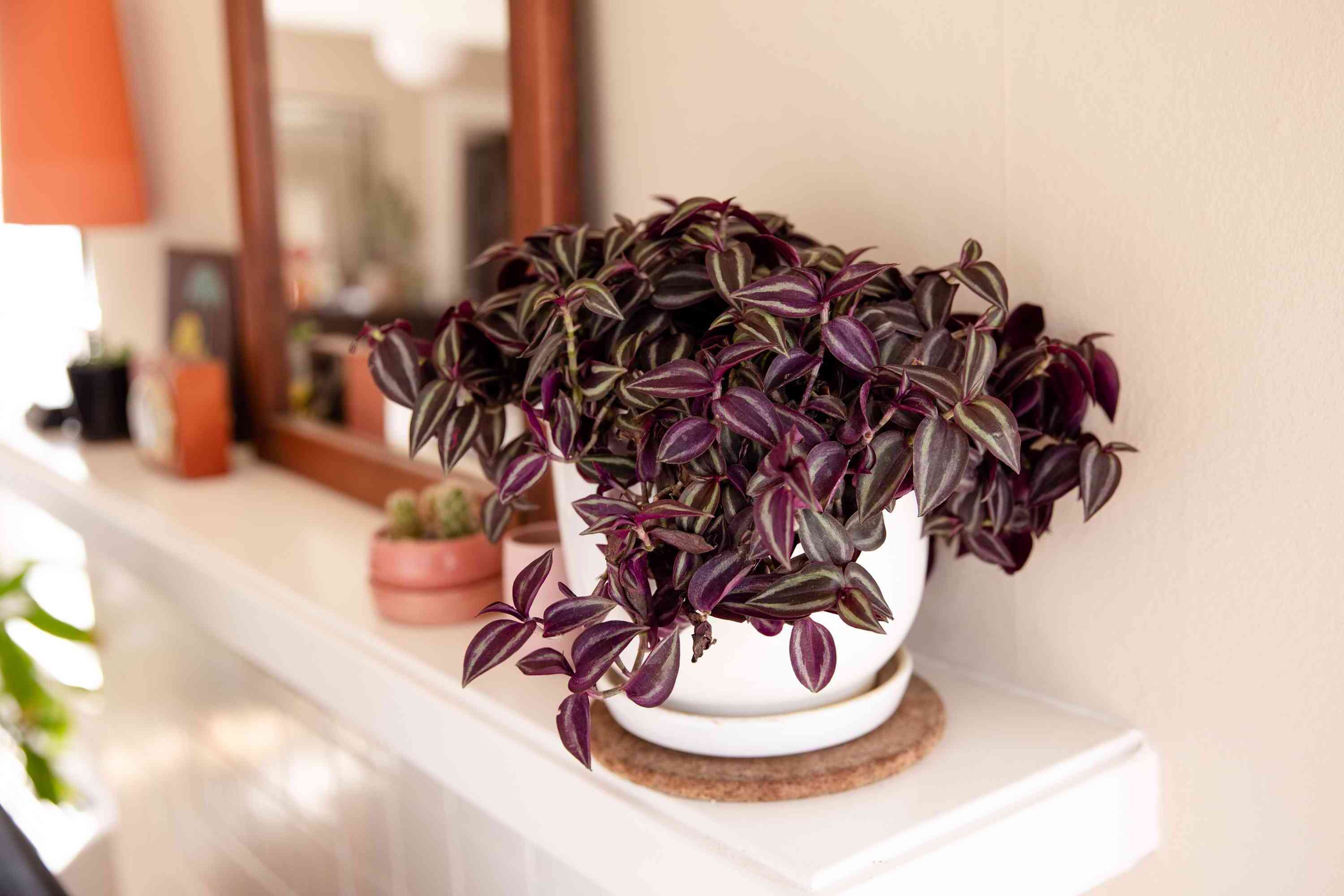
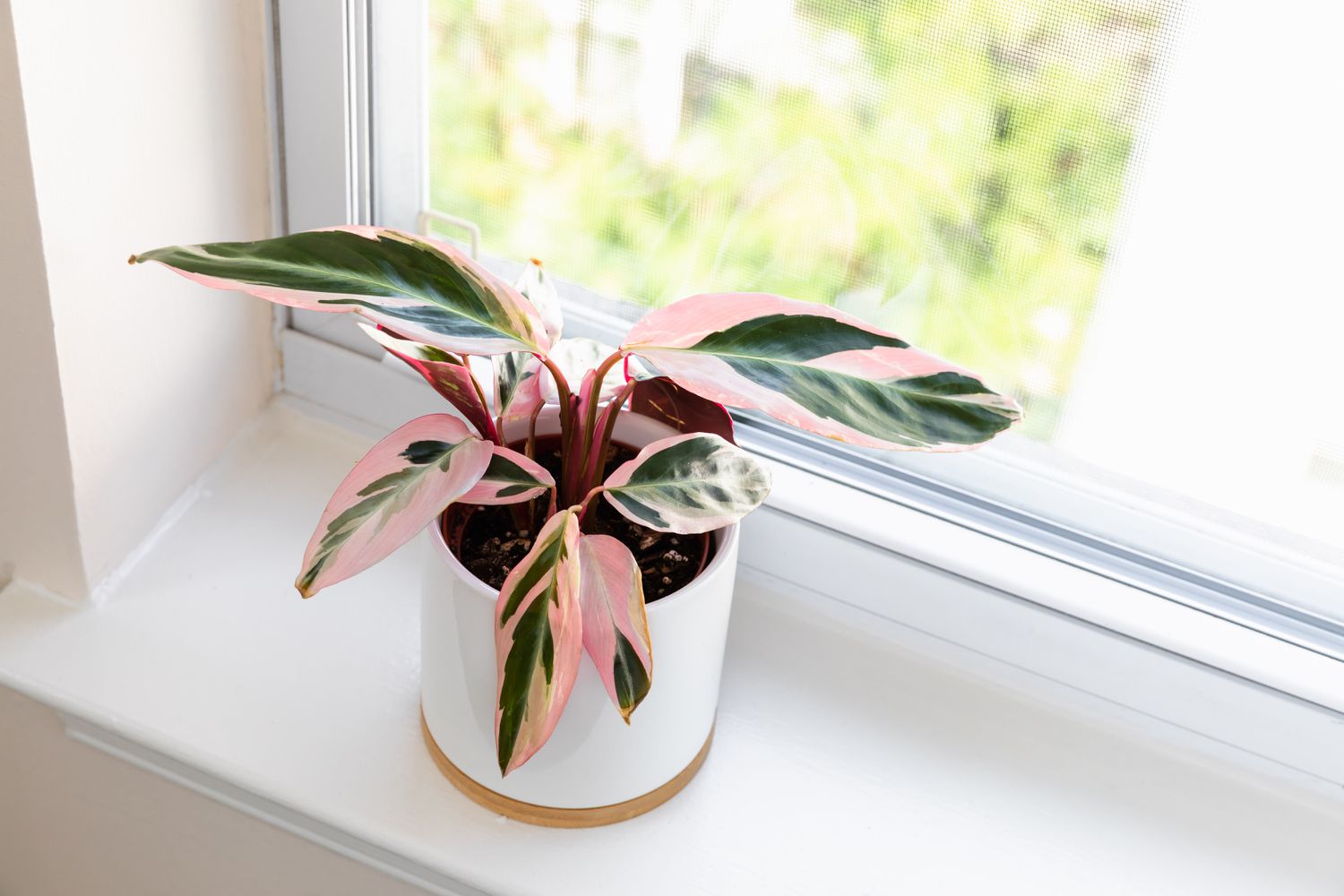

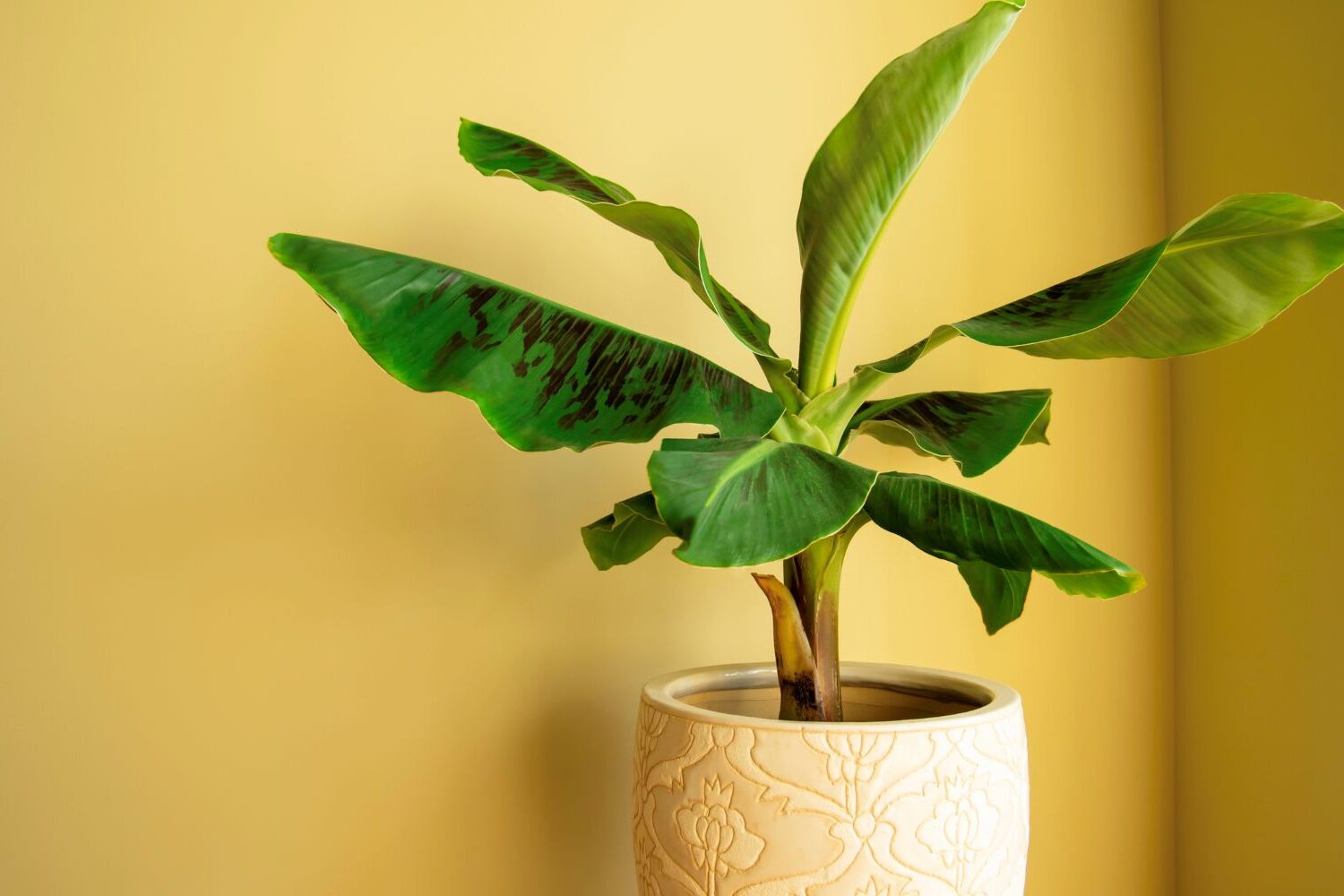
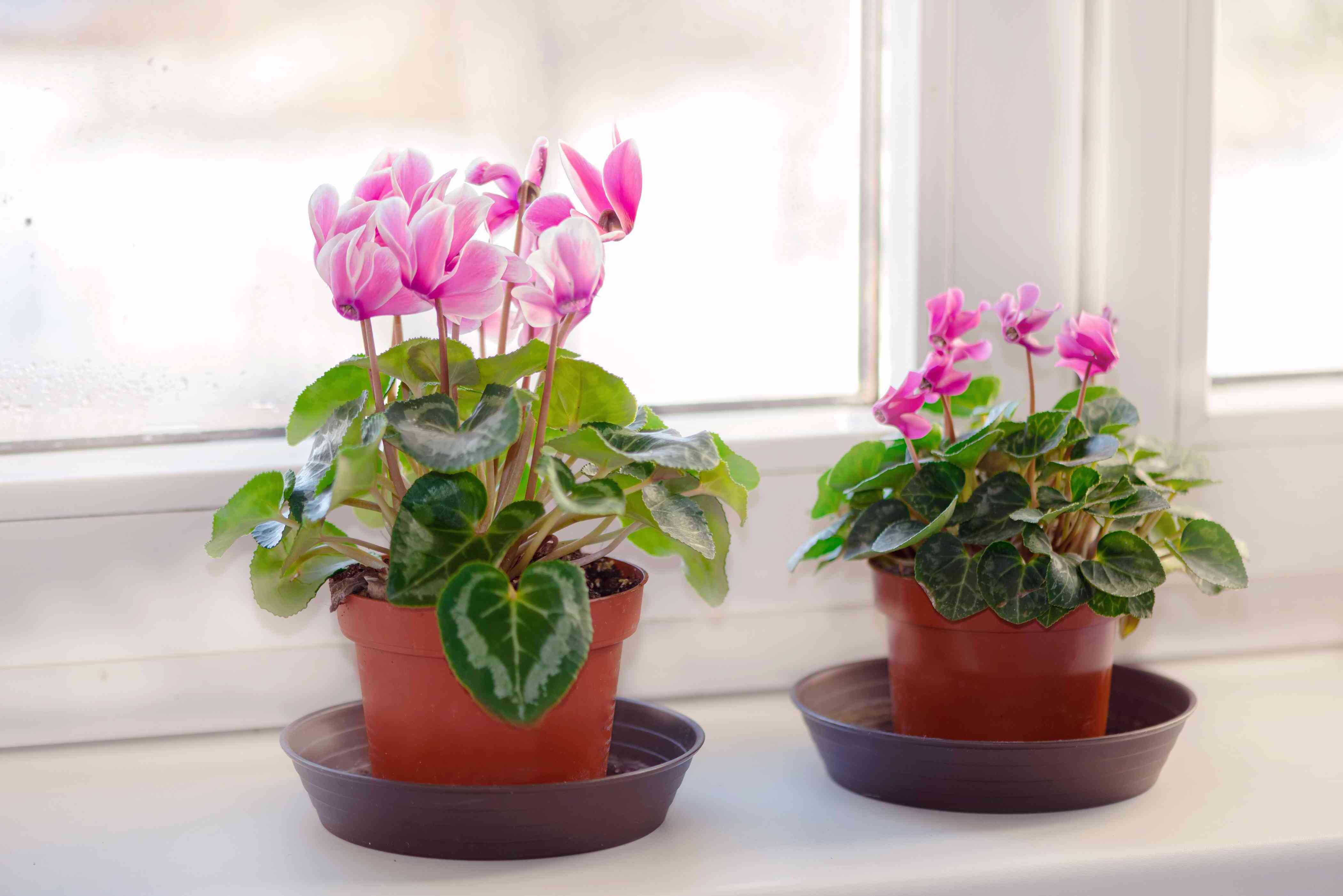
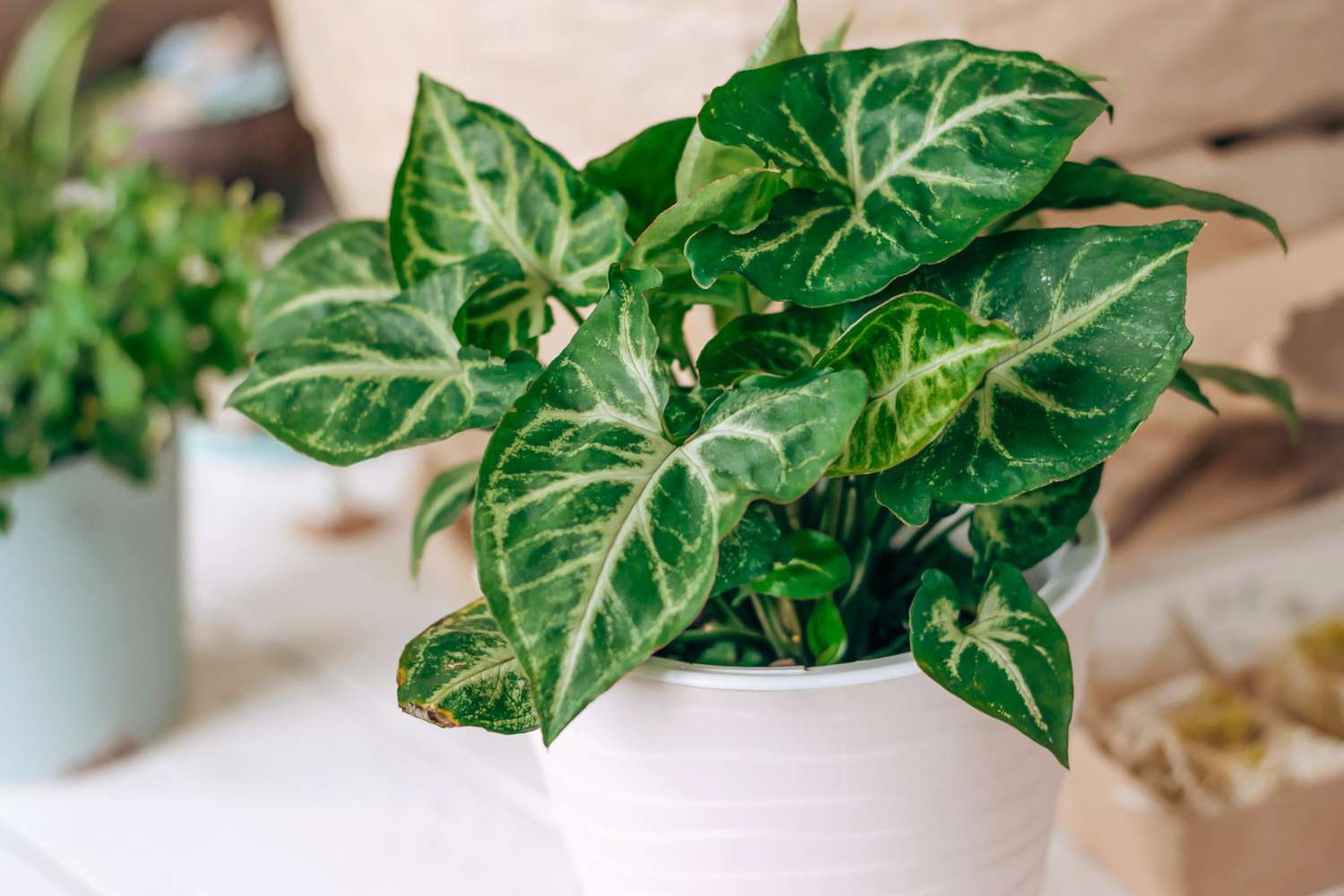
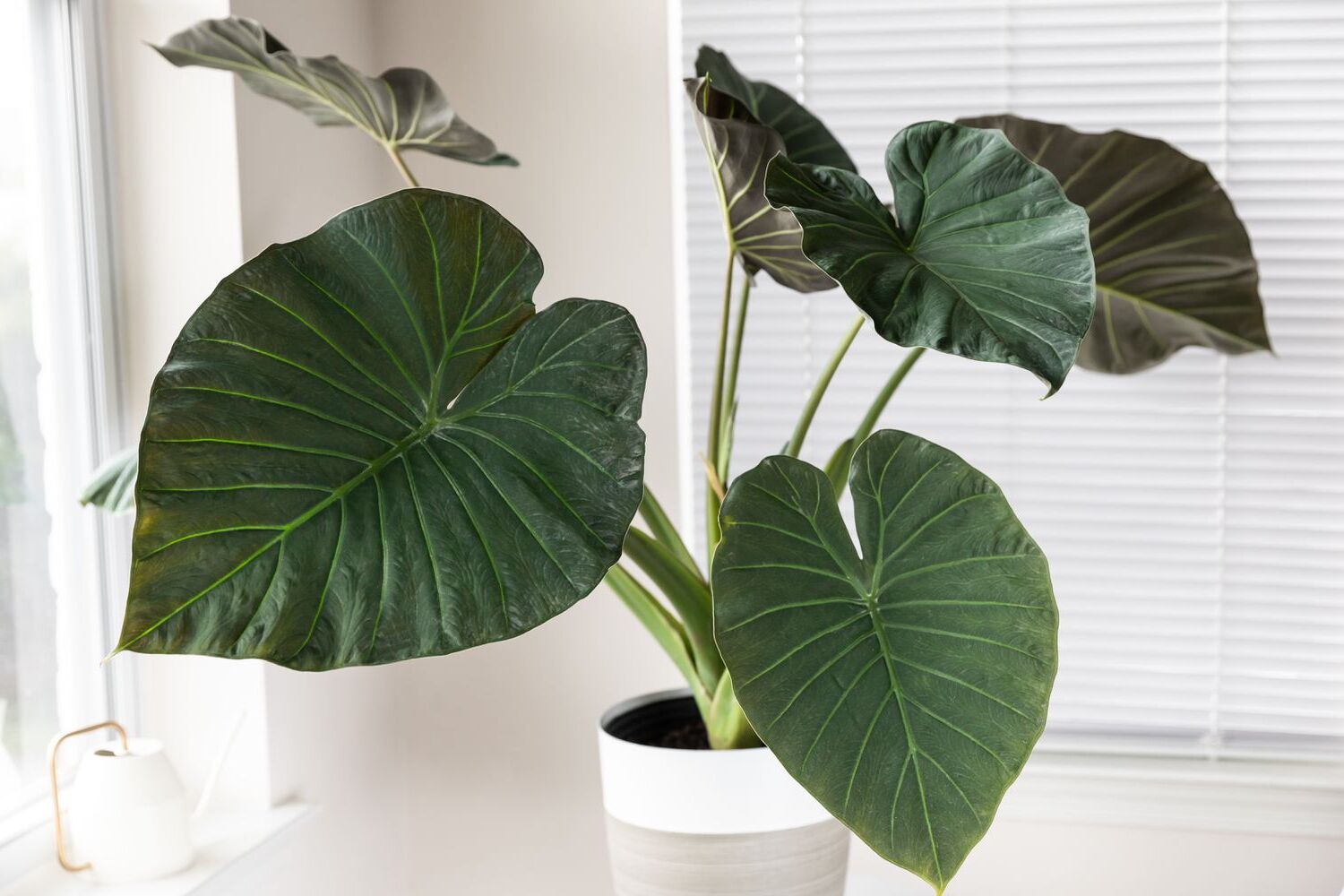
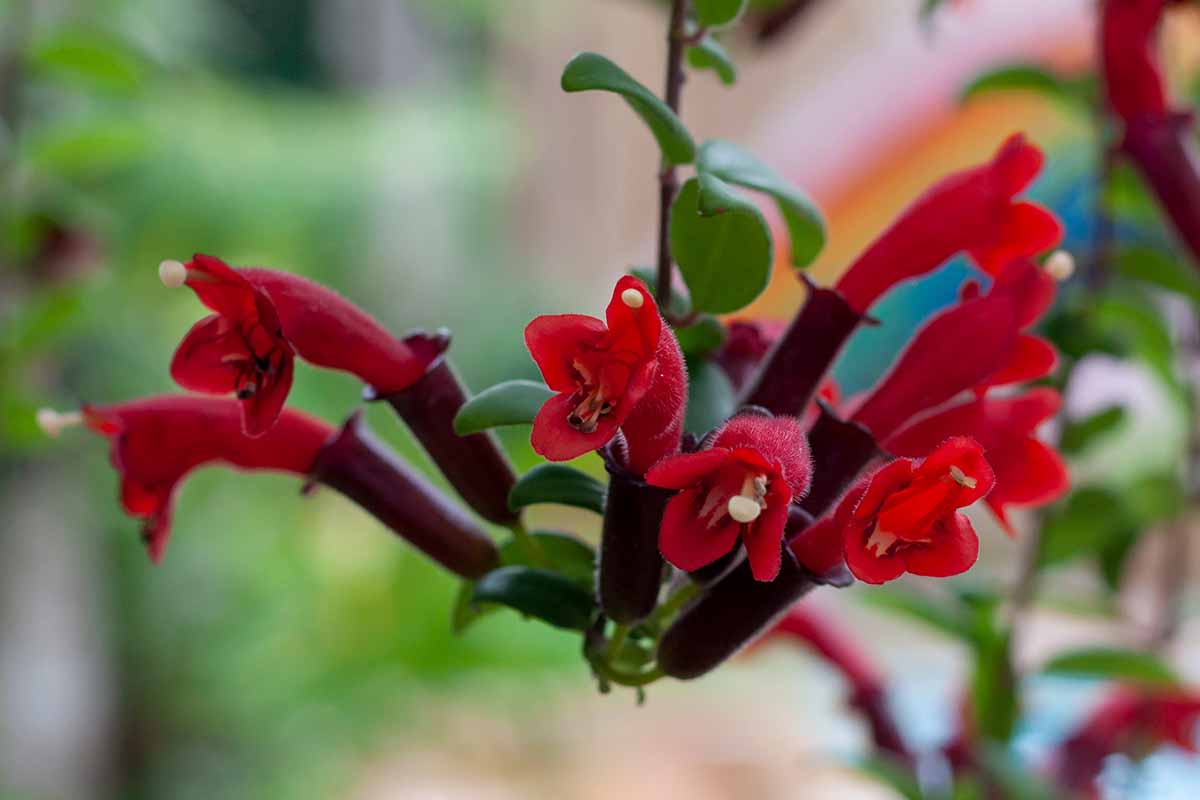
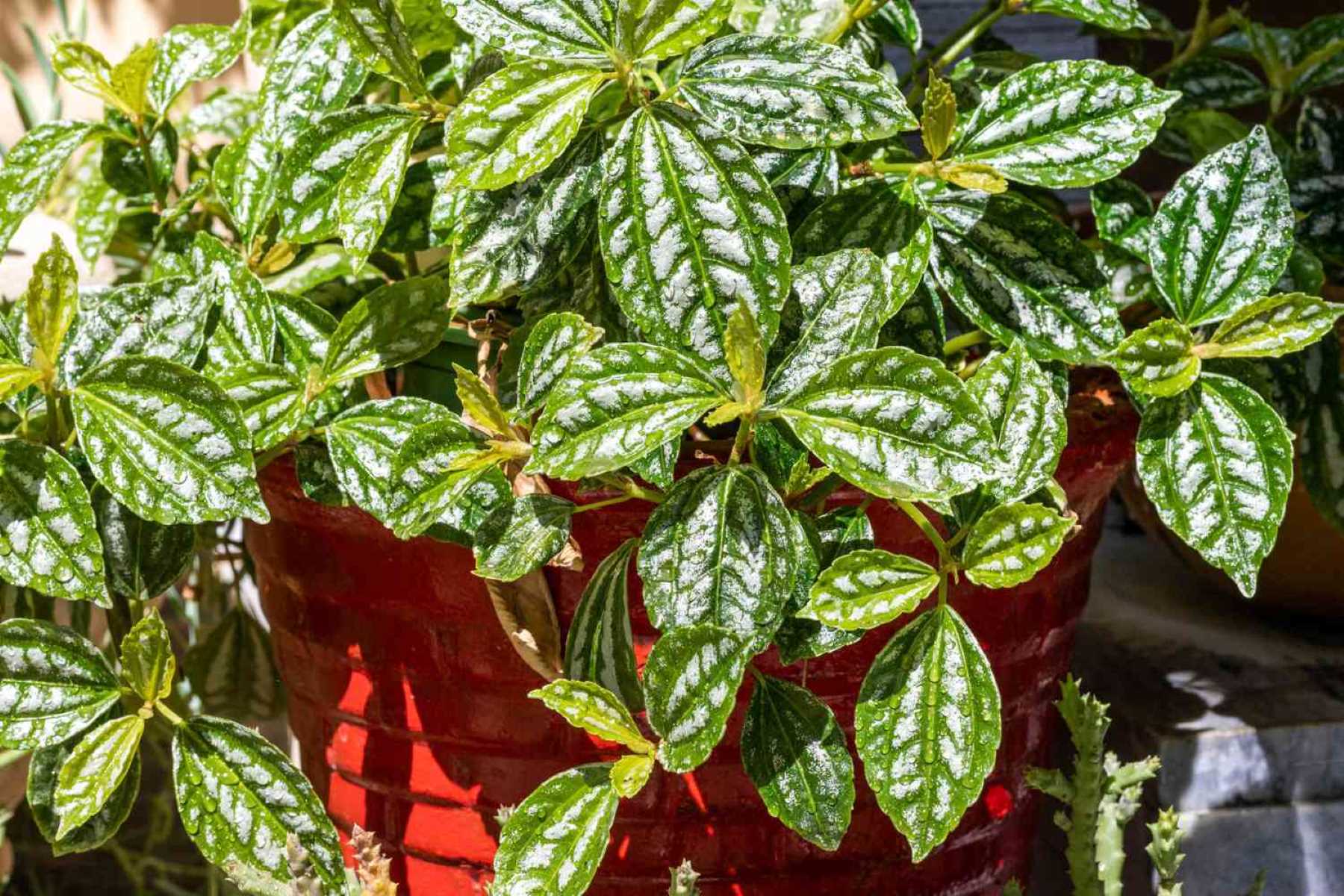
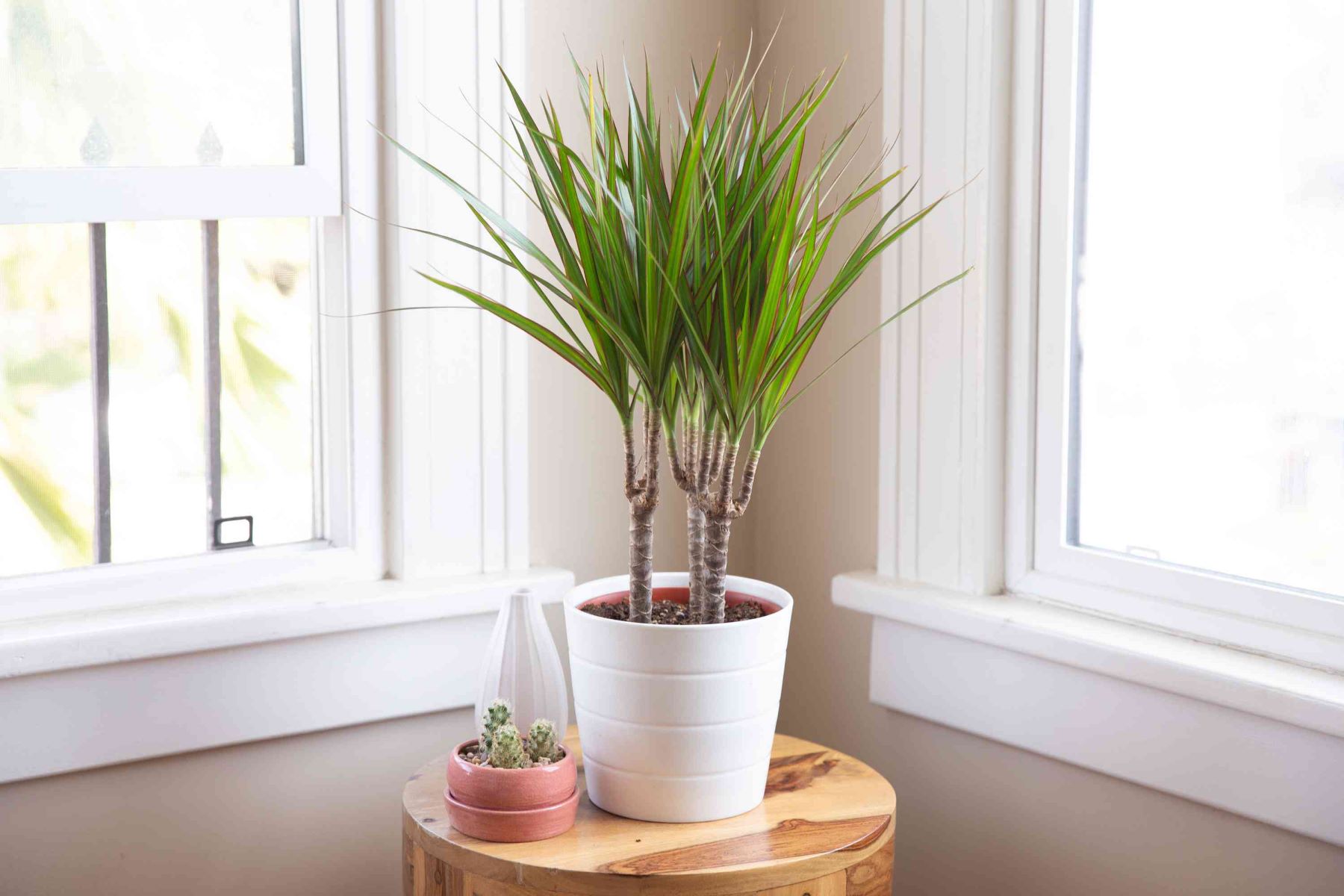

0 thoughts on “Indoor Begonia Care Guide: Colorful Foliage and Flowers”